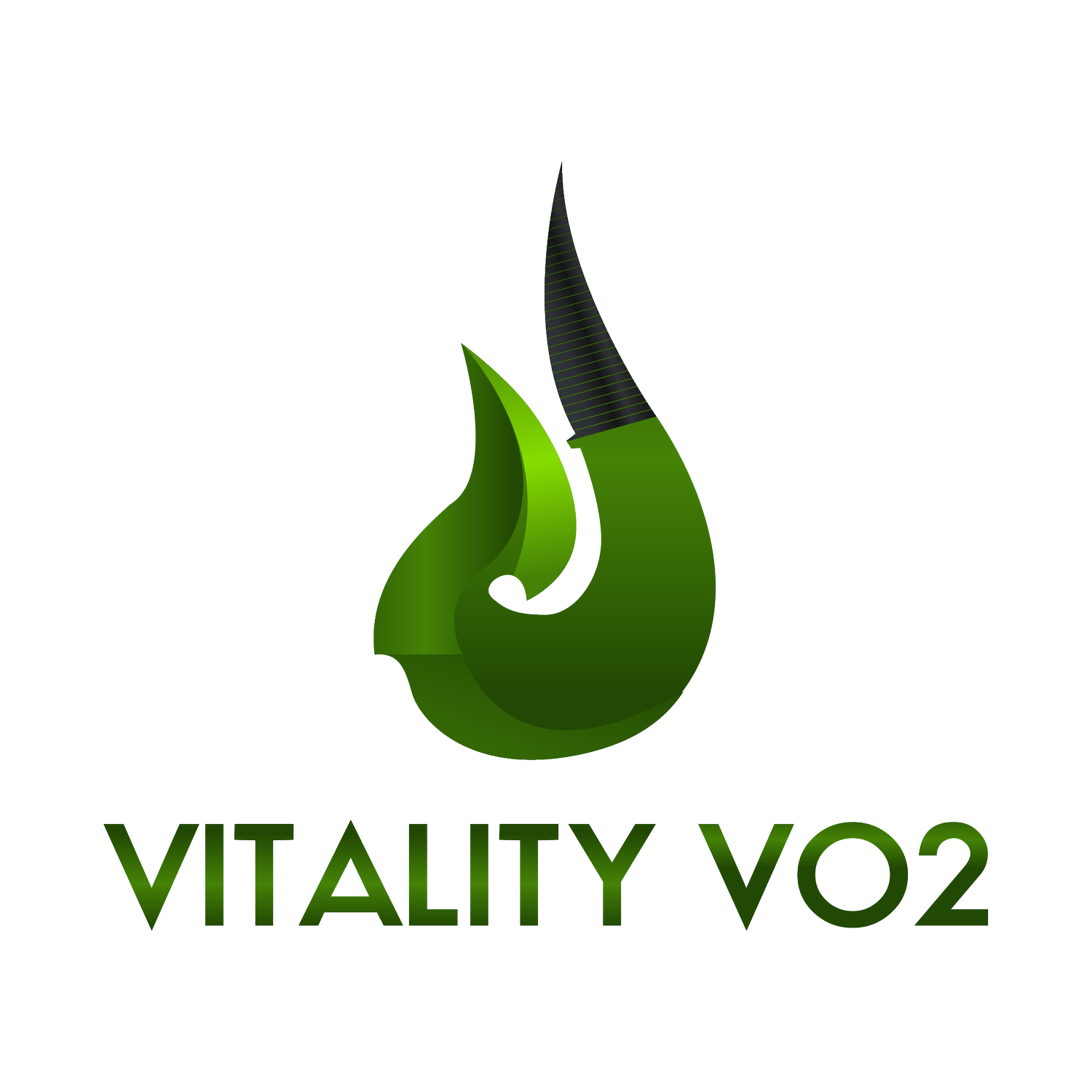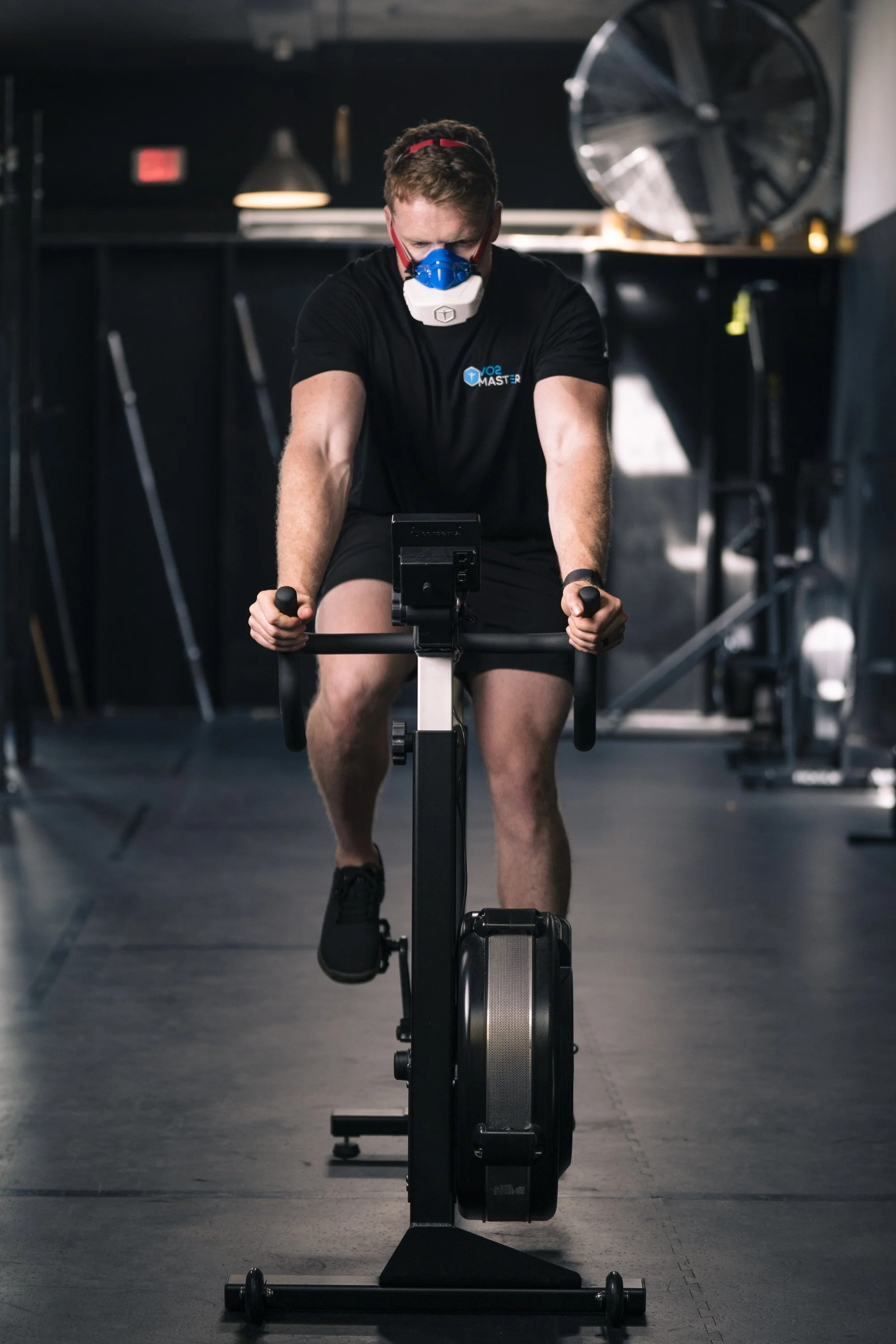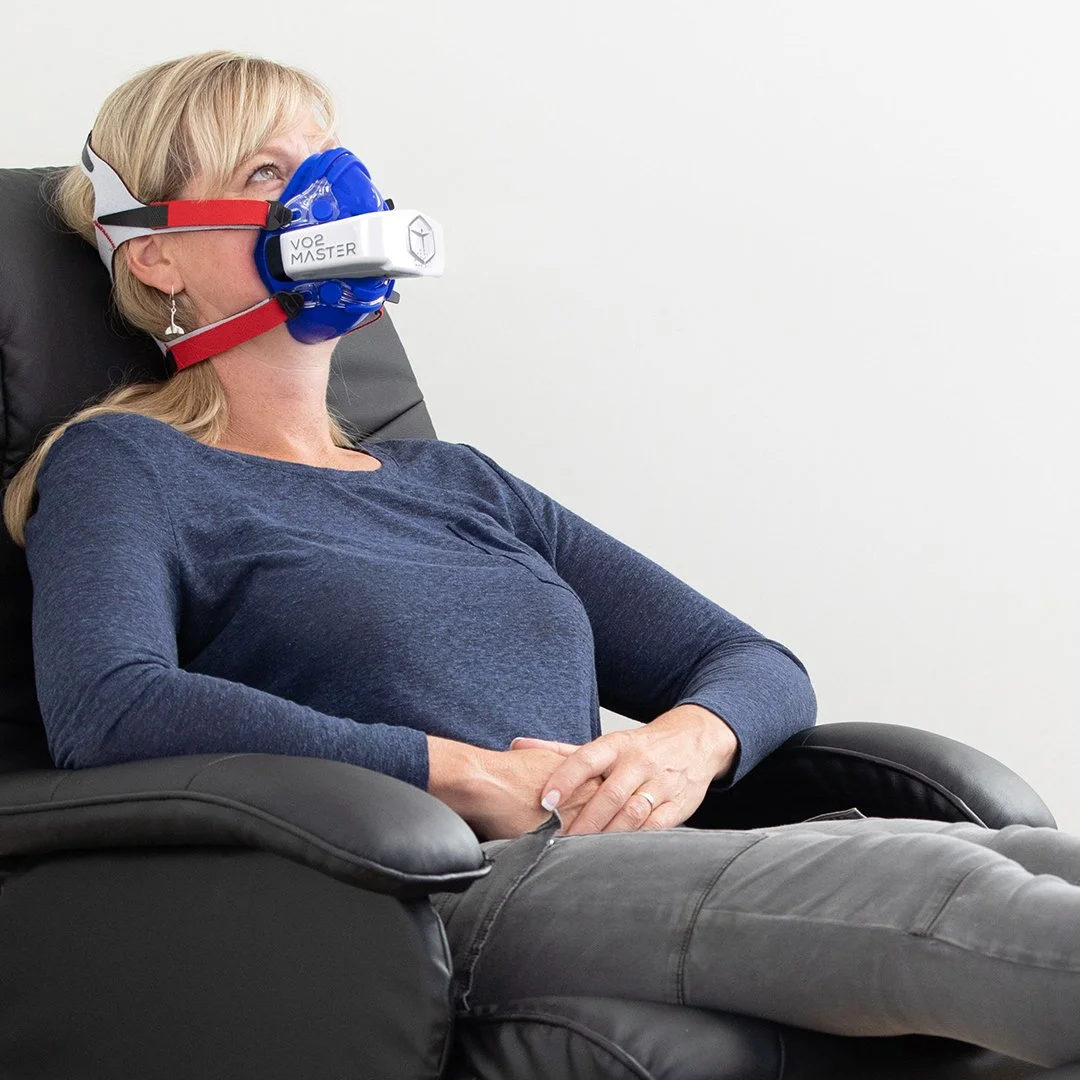Our VO2 Max Testing Services
How to test VO2 Max?
A VO₂ max test typically involves running on a treadmill or cycling on a stationary bike while wearing a mask that analyzes oxygen intake and carbon dioxide output. The intensity gradually increases until exhaustion, allowing professionals to assess aerobic capacity.
What is VO2 Max?
VO2 max, or maximal oxygen consumption, is the maximum amount of oxygen your body can use during intense exercise. It's a key indicator of cardiovascular fitness and aerobic endurance. The higher your VO2 max, the more oxygen your body can utilize, and the more efficiently your body can convert that oxygen into energy. This means better performance in endurance sports and a lower risk of chronic diseases.
Why test VO2 Max?
VO₂ max results can be used to tailor training programs and monitor overall heart and lung health.
VO2 Max Testing
VO2 max testing measures the maximum amount of oxygen your body can utilize during intense exercise, representing the gold standard for assessing cardiovascular fitness. During the test, you'll typically run on a treadmill or cycle while wearing a mask that analyzes your breath, with intensity gradually increasing until exhaustion. The results, expressed in ml/kg/min, provide valuable insights for athletes optimizing training or individuals monitoring fitness progress. Elite endurance athletes often score above 70 ml/kg/min, while average healthy adults typically range from 35-45 ml/kg/min.
Resting Metabolic Rate Testing
Resting Metabolic Rate (RMR) testing measures how many calories your body burns at rest to maintain basic physiological functions like breathing, circulation, and cellular repair. The test involves lying still for 10-20 minutes while breathing into a metabolic cart that analyzes oxygen consumption and carbon dioxide production to calculate your metabolic rate. RMR accounts for 60-75% of total daily energy expenditure in sedentary individuals and provides crucial data for creating personalized nutrition plans, weight management strategies, and understanding metabolic health. Results are typically expressed as calories burned per day, with average values ranging from 1,200-2,000 calories depending on factors like age, gender, body composition, and genetics.
Lactate Threshold Testing
Lactate Threshold Testing determines the exercise intensity at which lactate begins to accumulate in your blood faster than your body can clear it, marking the transition from aerobic to anaerobic metabolism. During the test, you'll perform incremental exercise on a treadmill or bike while small blood samples are taken from your fingertip at regular intervals to measure lactate levels. This threshold represents the highest sustainable pace for prolonged endurance activities and is crucial for athletes to establish training zones and race pacing strategies. Results help coaches and athletes optimize training intensity, with most people reaching their lactate threshold at around 80-90% of their maximum heart rate.
Contact us
Interested in working together? Fill out some info and we will be in touch shortly. We can’t wait to hear from you!



